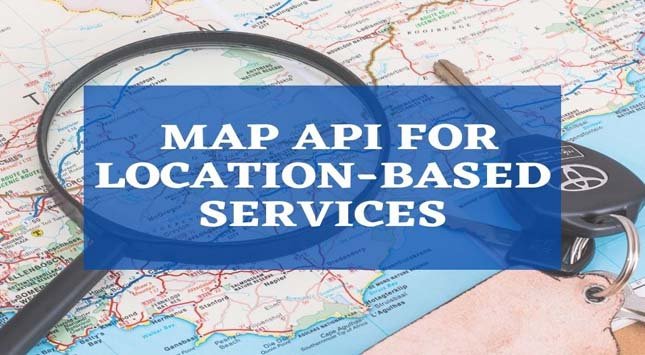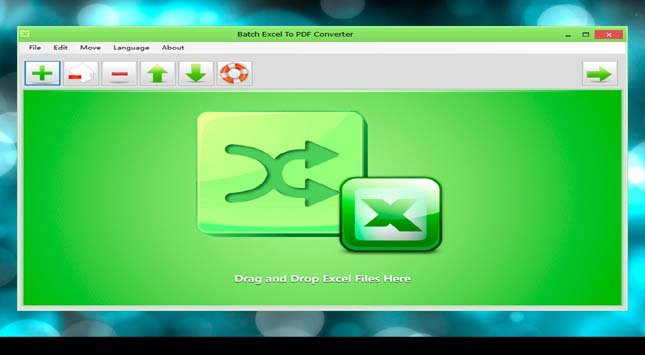A long time ago, in smartphones, digital maps have already strengthened their roots.
Besides, navigation has also assisted us in reaching our destination many times.
With the integration of the latest techniques, such digital maps have crafted an extra corner for themselves in on-demand applications through APIs where apart from helping the service providers with the navigation, they are helping the customers to know the estimated delivery time.
Why Using Location-Based & Mapping Solutions?
In this era, it’s hard to even imagine how people use their paper maps to find their way toward their destination. Thanks to today’s new invention where we have GPS devices along with mobile apps at our reach.
The main target of the GPS feature is to find the latest location of the device, alongside updating the details like the location changes. Ahead, we use such data as we want. Needless to mention, GPS needs the assistance of Map APIs.
What Is A Map API?
Stands for Application Programming Interface, API is a ready-made code that permits the developers to work. When it comes to distinct mapping sources, it’s all about getting data from real-time locations.
In case you need to know the current location of a device, you can take the help of various sources available in the market. When desktop computers and laptops come into play with no GPS chip, one can use an IP address to come up with their location at a particular moment easily, which lowers the validity of the outcome.
However, while dealing with new-age mobile phones, the API can utilize the details from more right sources, like network connection, GPS, and more.
Why Is Google Maps API The Only One?
Firstly, we will start with the major attractions of a Google solution:
- Street View Mode: For years, this feature has collected various panoramic shots which are counted among the fully-fledged services.
- Maps Offline: Google Maps is known widely, especially for this robust feature which holds the caliber to use navigation and maps with no Internet connection (obviously not fully, but with an entire range of limitations).
- Visited Places History: Constantly, Google monitors the history of the visited places and the recording of all the actions of the user in the Maps app.
- Google Now Commands: Some situations can make navigation a little difficult, and there, Google Now arrives to rescue you, which is a voice assistant.
- Intermediate Points Within Route: Ahead, this feature allows to append of intermediate points to the developed route. That’s why the users are given the chance to plan a pathway with various stops in their minds.
- Custom Maps: This states the caliber to supplement the maps with the lines, routes, markers, shapes, and alike.
- Taxi in the Routes: On Google Maps, while developing a route, it’s allowed to pick a route to travel by public transport, car, on foot, or by bike. Moreover, Google collaborates with some international taxi services and provides them with the selected route to travel.
Factors to Incorporate While Choosing a Maps API
Well, whether you need to compare Google Maps or Mapbox, or compare the new services with OpenStreet Maps, the following factors will assist you in deciding and emerging with one API service.
- The number of App Users: This factor should be considered chiefly before you start with your search for the best Maps API. The number of users your platform is having right now or you think will be there in the coming times. Maps API providers, such as Google Maps hold a daily limit for their free views and once this limit is crossed, you are required to pay to let the maps work on your platform. For Google Maps API, the free limit is approximately 25,000 map views/day.
- Pricing: After knowing the number of users on your application, next, you should consider pricing. While OpenStreet maps are fully free, Mapbox API and Google Maps are partially free.
- Documentation: Distinct Map API providers hold distinct documentation that guides the developers to generate the API key and also integrate the maps efficiently in the application on the admin, service provider, and customer side. To attain this successfully, you are required to review easily understandable and detailed documentation offered by the company.
- Ease of Use: One more factor that you should consider is ease of use. Just check perfectly if your service providers find it easy to use the feature of the map easily and track your workforce utilizing the maps API.
Google Maps API Alternatives
Let’s now know more alternatives to Google Maps API.
Sygic Maps
For 15+ years, Sygic has been developing Professional Navigation SDK packages targeted at GPS navigation, successfully and actively, and working with maps and similar solutions. Today, the company owns 2,000+ corporate clients globally. Moreover, most of them ensure that Sygic provides the best online maps.
Products: Sygic Travel Maps, Family Locator, Family Locator, etc.
Mapbox
A framework, MapBox has been well-equipped with the niche of customized maps since 2010. Later, in 2012, the Mapbox iOS SDK rolled out. Today, the company is a successful provider of location data and mapping services for giants, like Pinterest, The Financial Times, Master Card, and more.
Products: Atlas, Studio, Maps, etc.
LocationIQ
For the businesses that need the location alters to notice the logistics and collaboration, this service helps a lot. It’s sufficient to link the service and configure the reports generation indicating the interests, to convert the needed geographical coordinates automatically into the addresses from the LocationIQ database.
ArcGIS
Among web and mobile mapping services, ArcGIS is known to be an undoubted leader and holds a high reputation. This service holds popularity, especially in the areas of government, businesses, education, science, and the media.
Products: ArcGIS Online, ArcGIS Pro, ArcGIS Enterprise.
TravelTime Platform
Now, we will discuss one more alternative of Maps API, namely TravelTime Platform, which is known as a perfect solution that targets offering high-related data. The top outcomes are being attained and the credit goes to a time-based strategy that searches the locations that a user wants.
Products: TravelTime Analytics, TravelTime Search.
Wrapping Up
Well, while taking your leave, we hope our aforementioned analysis of Maps APIs was useful to you. In your maps, for more customization options, you can choose Mapbox API, and if you think about the estimated delivery time, the real-time tracking features also hold importance according to the business model of your on-demand mobile app, then Google Maps is quite recommendable.
Simplify your journey by launching a Mobile app and get assistance from a leading mobile app development company. Who has expert mobile app developers?






